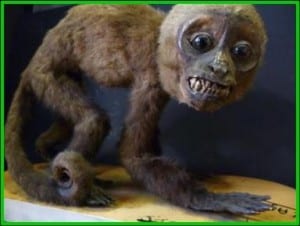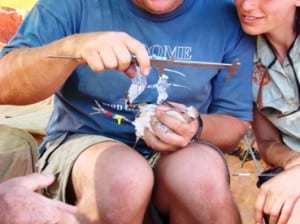Specimen of the Week: Week 153
By Jack Ashby, on 16 September 2014
 As a scientist, with Vulcan-like levelheadedness, my outlook on the natural world is totally free of emotion. My interactions with it are purely perfunctory, in order to amass and analyse cold data, motivated solely by the advancement of scientific understanding of solid facts. The world is only there to be databased. It is irrelevant whether facts are “interesting” or not, all that matters is if they are useful for detecting some larger pattern. Anyone who says otherwise is a panda-hugging sentimental fluff-monger…
As a scientist, with Vulcan-like levelheadedness, my outlook on the natural world is totally free of emotion. My interactions with it are purely perfunctory, in order to amass and analyse cold data, motivated solely by the advancement of scientific understanding of solid facts. The world is only there to be databased. It is irrelevant whether facts are “interesting” or not, all that matters is if they are useful for detecting some larger pattern. Anyone who says otherwise is a panda-hugging sentimental fluff-monger…
Wouldn’t it be weird if ecologists thought like that? On the one hand science is supposed to be independent of emotion, but on the other most of us are only in it because of our emotional attachment to the subject matter (animals and ecosystems).
Normally on this blog I take the chance to rave about the animals that amaze and excite me. This week I’m going to highlight one that I utterly despise*.
This week’s Specimen of the Week is… (more…)
 Close
Close




